本文由 selgascano 授权mooool发表,欢迎转发,禁止以mooool编辑版本转载。
Thanks selgascano for authorizing the publication of the project on mooool, Text description provided by selgascano.
selgascano:“第二个家”位于伦敦东区的斯皮塔菲尔德(Spitalfields)地区,紧邻仍有些许另类风格的布里克巷(Brick Lane)市场。这是一个合作办公空间的概念,可容纳30多家具有相似交替程度的初创公司,都是一些规模较小,与科技相关的公司。工作室可用于租赁,所有这些在时间上都很有弹性。从为最多75人设计的大型公共区域内的单个工作空间,到为5、7或10名工作人员设计的工作室,或者可以容纳最多20人的大型工作室,它们分别都各不相同。
selgascano:Second Home is in the Spitalfields area of the East End, London, next to the still slightly alternative Brick Lane market. It is a co-working space concept for 30-odd startup companies with a similar degree of alternativeness, all small-scale like the district, and closely linked to technology. The studios have many rental possibilities, all highly elastic in time. The vary from a single workspace in a large common area designed for a maximum of 75 people to studios for 5, 7 or 10 workers or a larger studio that can hold up to 20.
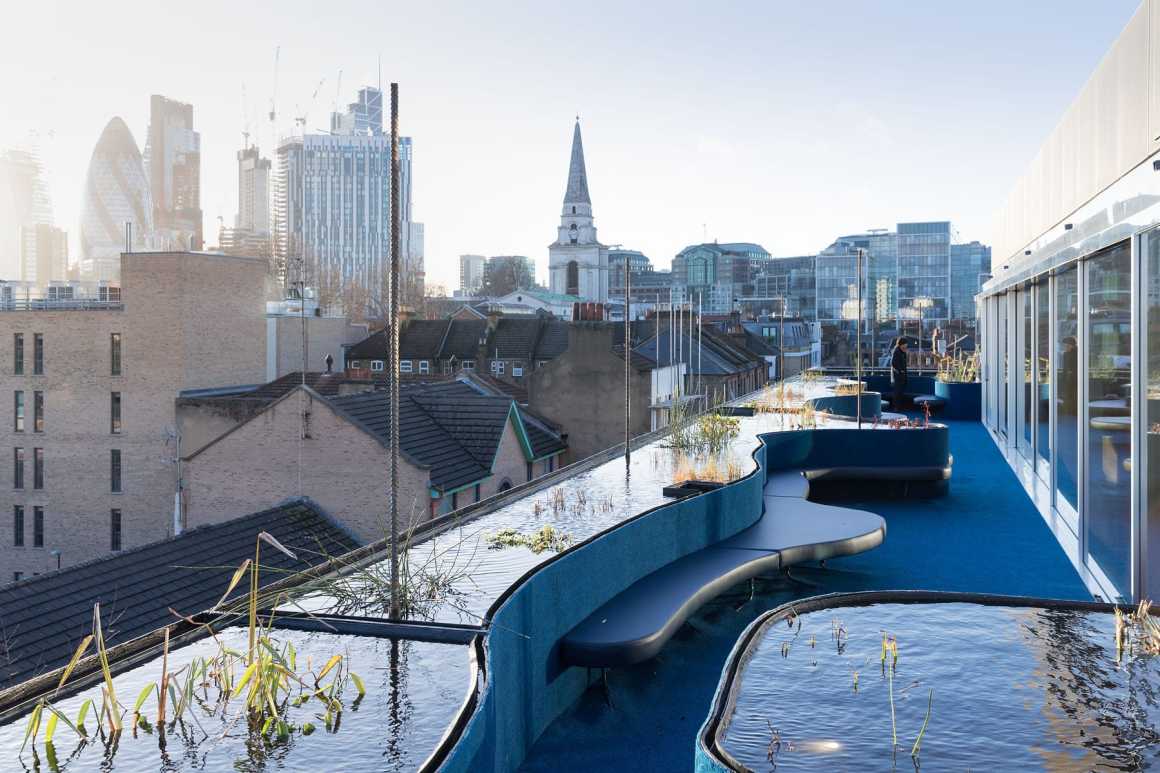
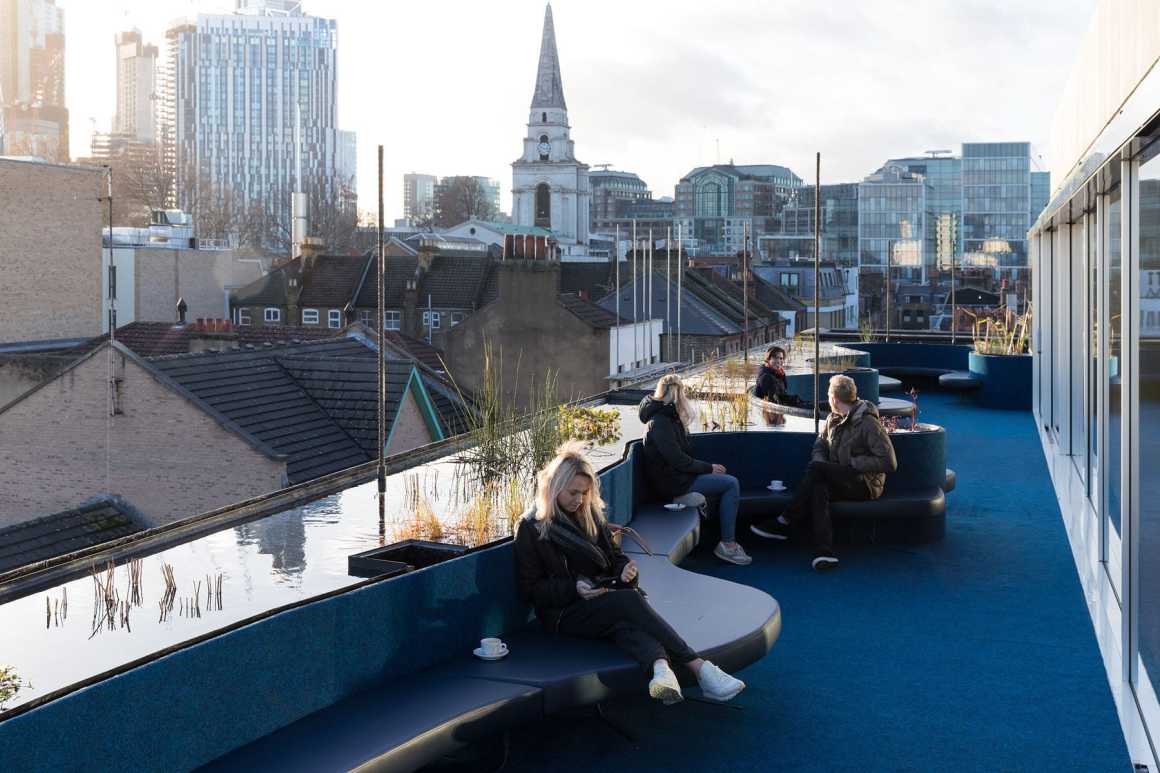

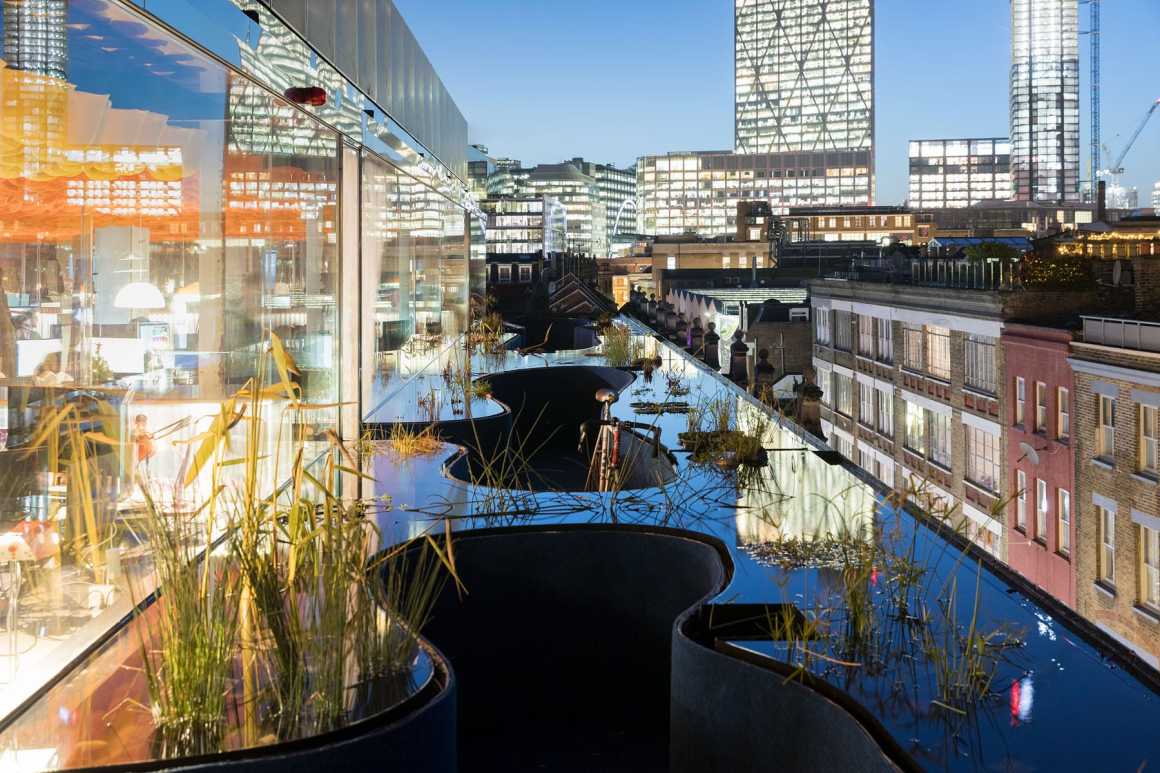
该项目最重要的方面是对每一个建筑使用者开放的公共区域。这里共有七个会议室、各种可供阅读或聊天的休息区,一个提供免费咖啡和5人午餐的大型自助餐厅/酒吧,混合工作活动区和一个大型工作台,为任何类型的活动留出了空间,包括从早上的瑜伽和普拉提课程到晚上的音乐会、聚会、宴会、会议、电影等活动。
The most important aspect of the programme is the common zones, open to any user of the complex. There are seven meeting rooms, various rest areas for reading or chatting, a large cafeteria/bar with free coffee and midday meals for £5, and a large mixed work-events zone where the large work table can be raised to leave space free for any type of activity, from morning yoga and pilates sessions to evening concerts, parties, dinners, conferences, films etc.
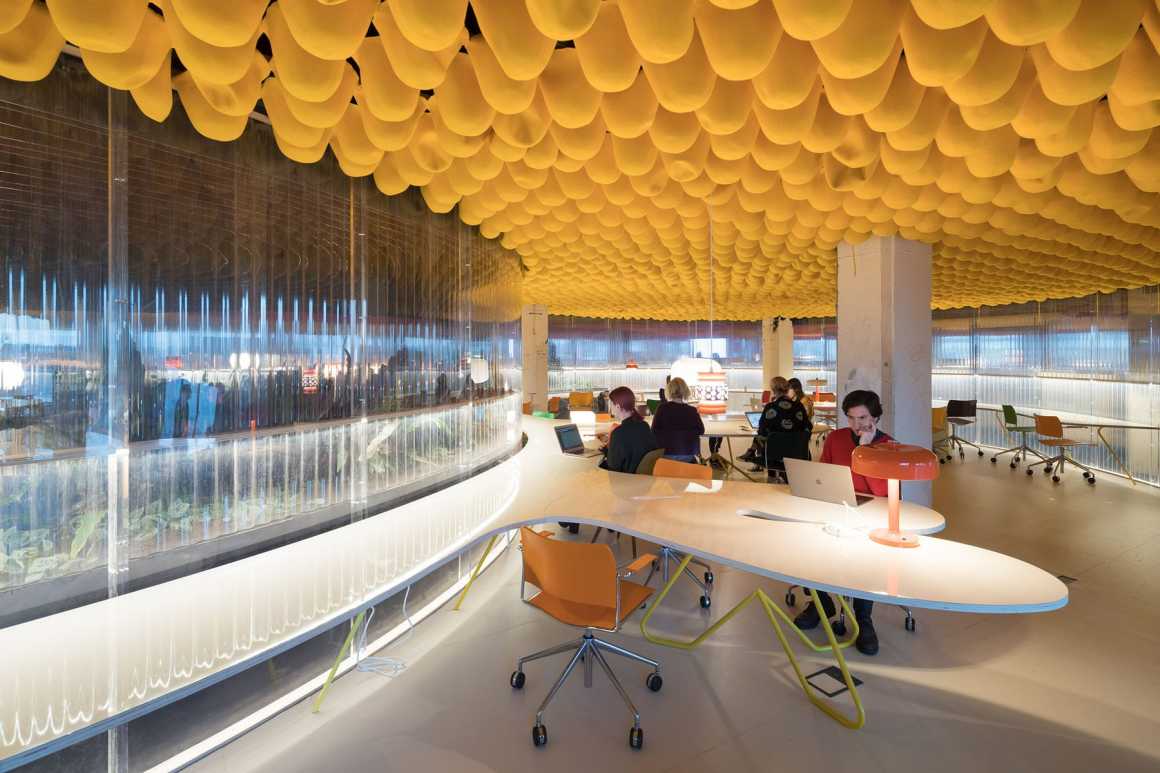
第二个家的内在概念包括一些不可避免的——并最终完全实现——需要满足每一个角落和每一个小工作区的日常采光问题,当然也需要确保人们可进入在边缘的每个不同区域,不需要浪费任何东西,也没有任何一个角落无法使用,没有任何角度不能让人坐着工作、说话或放松。
The intrinsic concept of Second Home involved the unavoidable – and ultimately fully accomplished – need to fill every corner and every area with small workspaces bathed in light, and of course the need to ensure access to each of these different areas distributed around the edges, the need to not waste anything, to nor have any corner that is not used for something, to not have any angle where someone can’t sit and work, talk or relax.


这种经济最大化,从最广泛、最原始的意义上来说,总是可以让我们很放松和满意的完成任务,另一方面,带这种完全占用和空间使用到极限所带来的高密度是我们最大的疑问之一,因为有这么多的人在如此紧张的空间里一起工作,它在未来会如何真正发挥作用。因此,我们试图通过两个技巧来限制可能导致潜在混乱的情况:首先,在整个空间中保持恒定的视觉和物理流动性,这将防止用户感觉到迷失或感觉被锁定在一个特定的地方;其次,借助于吸收性地毯和天花板以及将声音分散到各个方向的连续弯曲形状,完全控制声音。使用这种连续性作为密度的解毒剂,也会产生副作用,增加整个空间的强度,使其成为一个单一的、统一的整体,并使它看起来更大,更无止境。
This maximised economy, in its broadest, original sense, is something that always leaves us very relaxed and satisfied with a duty accomplished, although on the other hand, the high density brought on by this complete occupancy and the usage of spaces to the limit is one of our biggest doubts about how it will really work in the future, with so many people working together in such an intense space. We have therefore tried to limit the potential chaos, maze that might give rise to a complex situation, with two tricks: firstly, with constant visual and physical fluidity throughout the space, which will prevent users from feeling lost or locked into any particular place, and secondly, with total control over the acoustics, with the help of absorbent carpets and ceilings and also a continuous curved shape that scatters the sound in every direction. The use of this continuity as an antidote to density also achieves side reactions that increase the strength of the entire space, turn it into a single, united whole and make it seem larger and more endless that it really is.
这也正是我们现在的疑问:它最终真的会变成这样吗?它真的会是一个透明和反射最终简化或复杂化的空间,以至于他们愿意进入这个空间,同时使它无限而友好吗?最重要的是,它最终会产生一个建筑融入家庭氛围的空间,为了实现这一点……这正是客户一开始委托我们做的:办公室像家一样?还是像办公室一样的家?
That is precisely our doubt right now: is that what it will really end up being? Will it really be a space where transparency and reflections end up simplifying/ complexifying it to the point where they manage to open up the space and make it infinite but friendly at the same time? And, most importantly, will it ultimately generate a space in which the architecture dissolves into a homely atmosphere, in order to achieve just that…which is exactly what the client commissioned us to do at the start: and office like a house? Or was it a house like an office?
▼设计图 Drawings
项目名称:第二个家 伦敦办公室
建筑设计:José Selgas and Lucia Cano (selgascano)
合作建筑师:Paolo Tringali, Victor Jimenez, Barbara Bardin, Maria Levene, Ines Olavarrieta
客户:Second Home
地点:英国伦敦汉伯里街68-80号E1 5JL
设计日期:2014年
完成日期:2017年
成本建筑:Jackson Coles
施工现场管理:OD Group
ESTRUCTURAL工程:Tibbalds
家具设计:Selgascano /二手设计家具
材料
结构:现有混凝土建筑结构和钢框架结构。
隔墙:亚克力、结构硬木胶合板、石膏板隔墙。
饰面:波纹墙,环氧漆,俄勒冈松木,羊毛地毯,木质天花板。
照片:Iwan Baan
Project name: Second Home London Office
Architects: José Selgas and Lucia Cano (selgascano)
Architects collaborators: Paolo Tringali, Víctor Jiménez, Bárbara Bardín, María Levene, Inés Olavarrieta
Client: Second Home
Location: 68-80 Hanbury Street, London E1 5JL, United Kingdom
Project date: January 2014
Completion date: November 2017
Cost architect: Jackson Coles
Construction site management: OD Group
Estructural engineers: Tibbalds
Furniture design: Selgascano / Secondhand design furniture
MATERIALS
Structure: Existing concrete building structure and steel frame construction.
Partitions: acrylic, structural hardwood plywood and plasterboard partitions.
Finishes: Corrugated walls, epoxi paint, Oregon pine, wool carpet, wood wool ceiling panels.
Photographs: Iwan Baan
更多 Read more about: selgascano


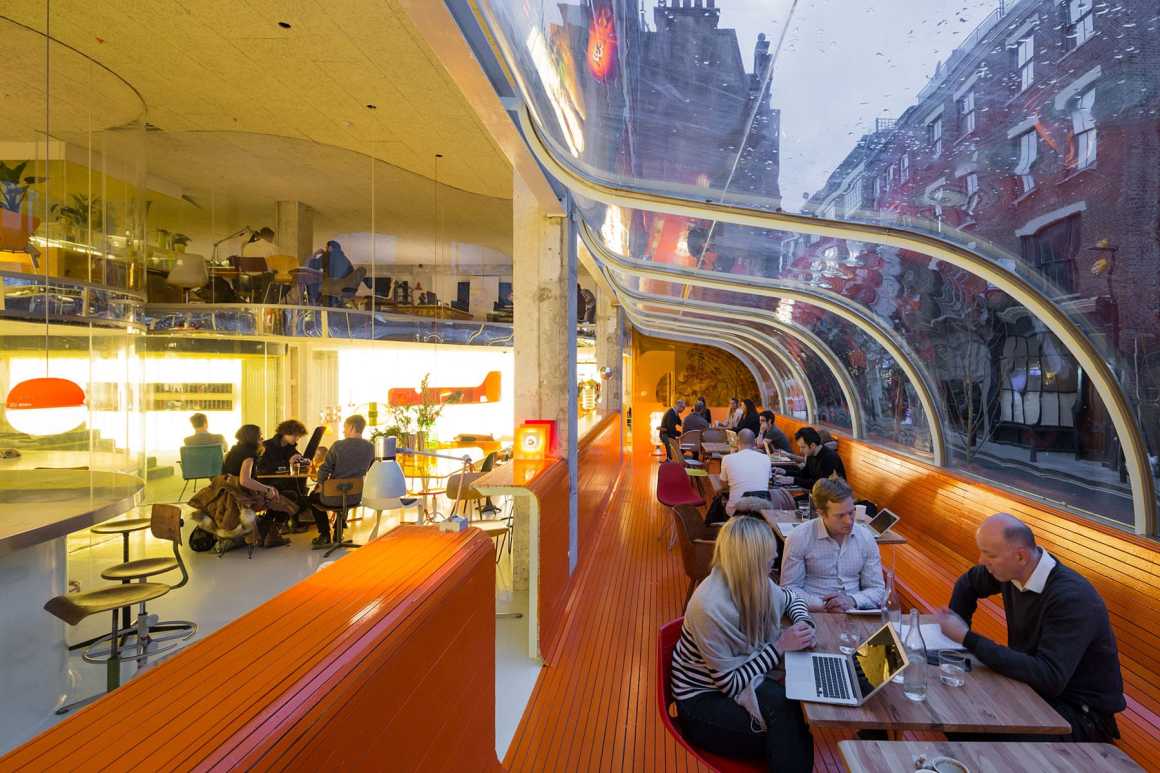











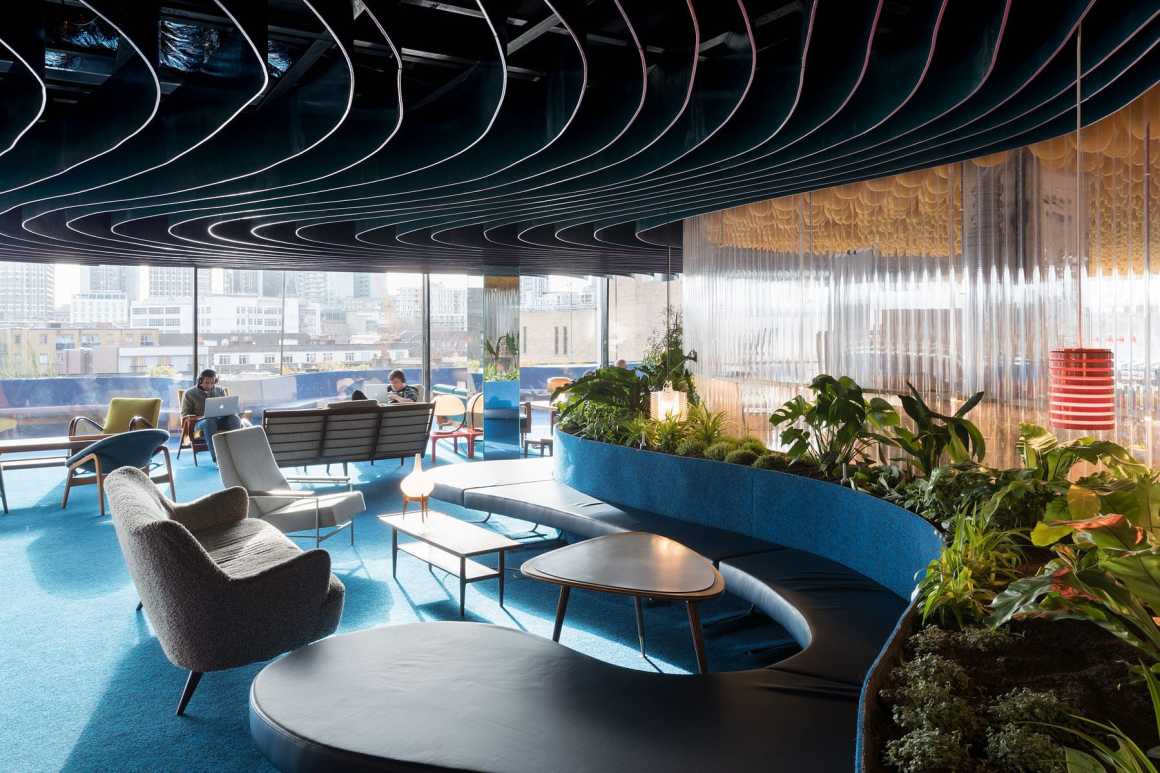
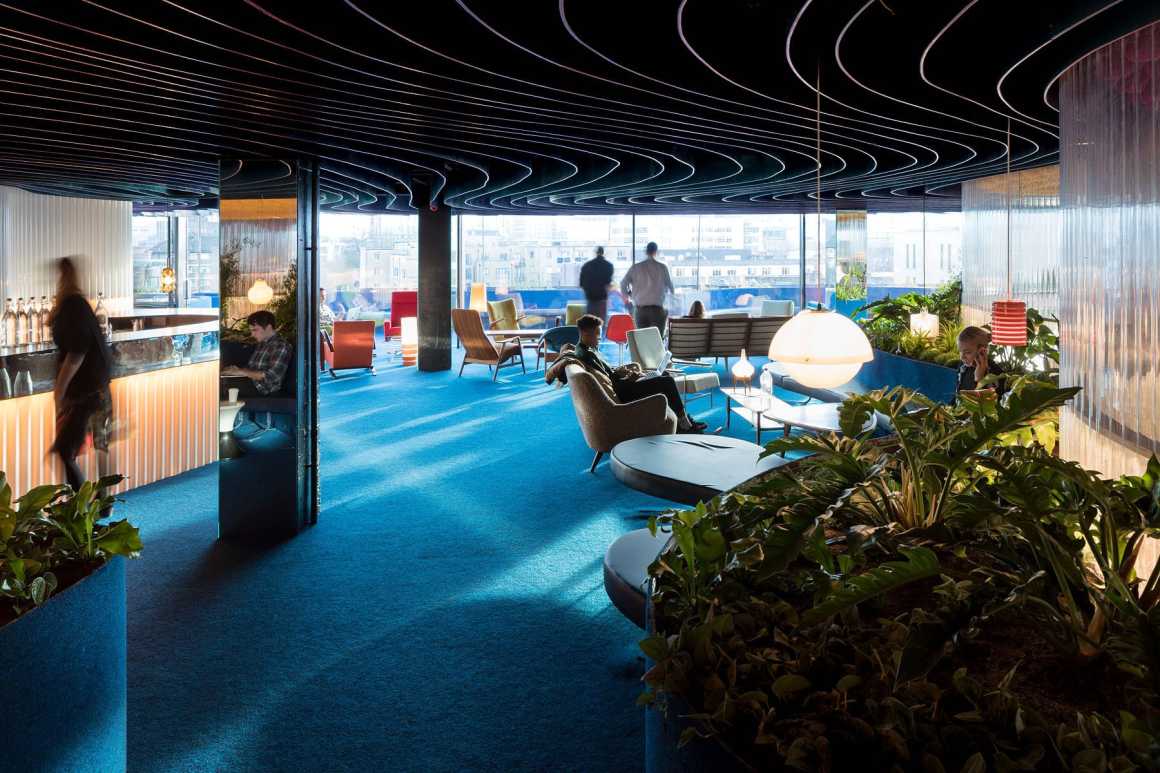
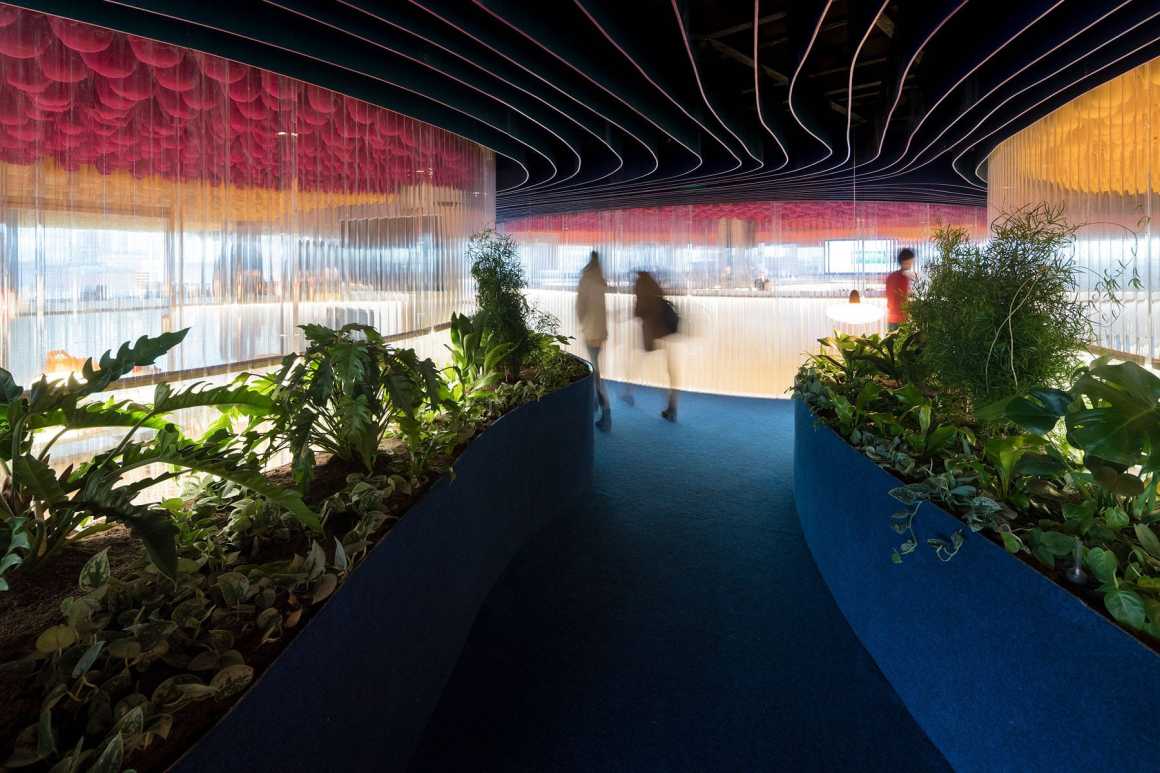

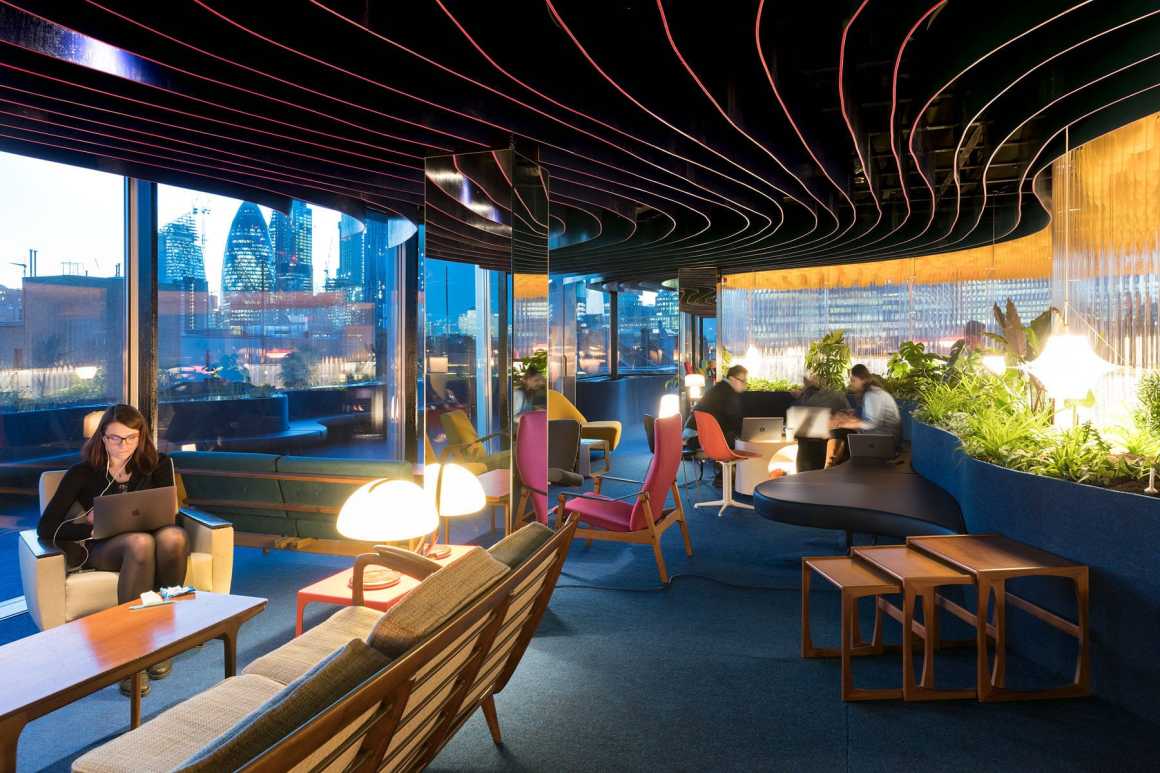
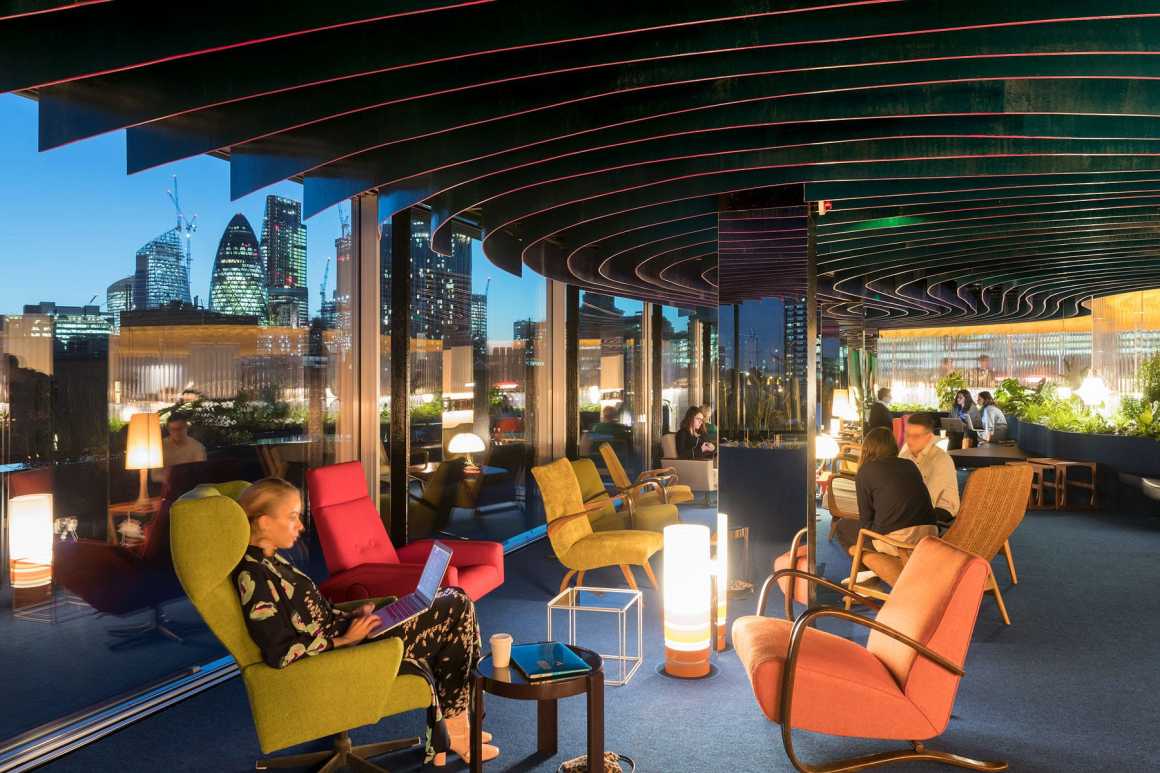
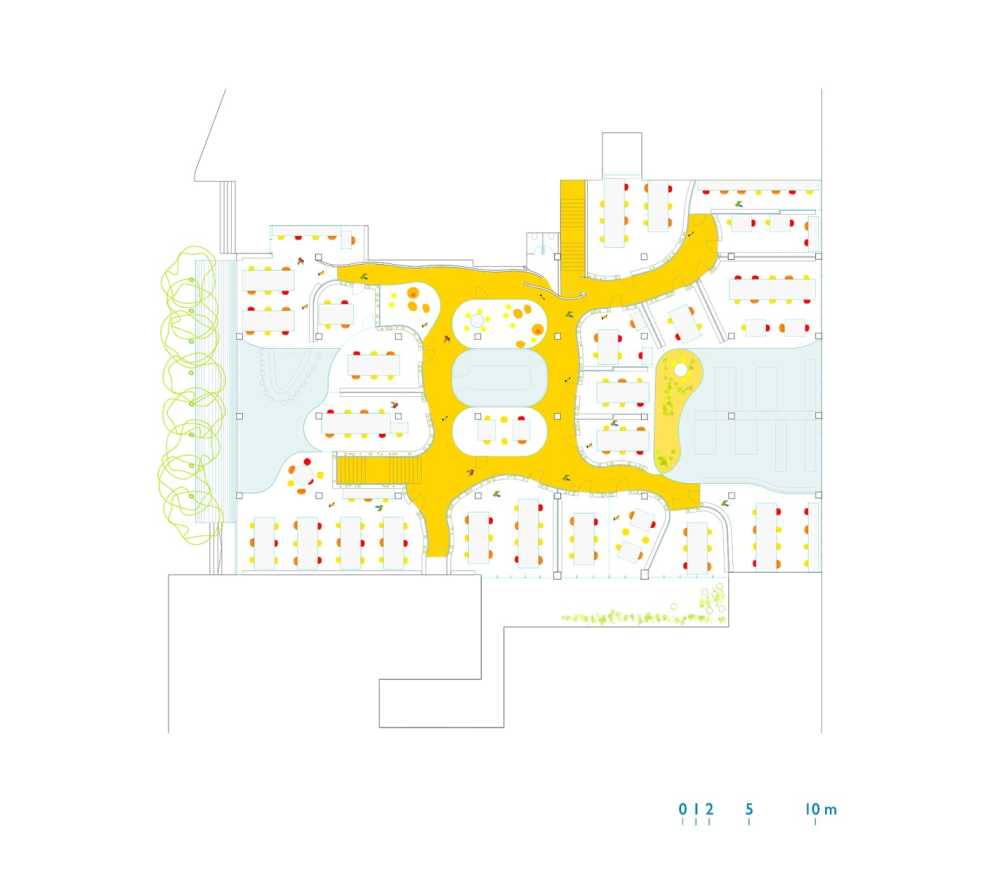
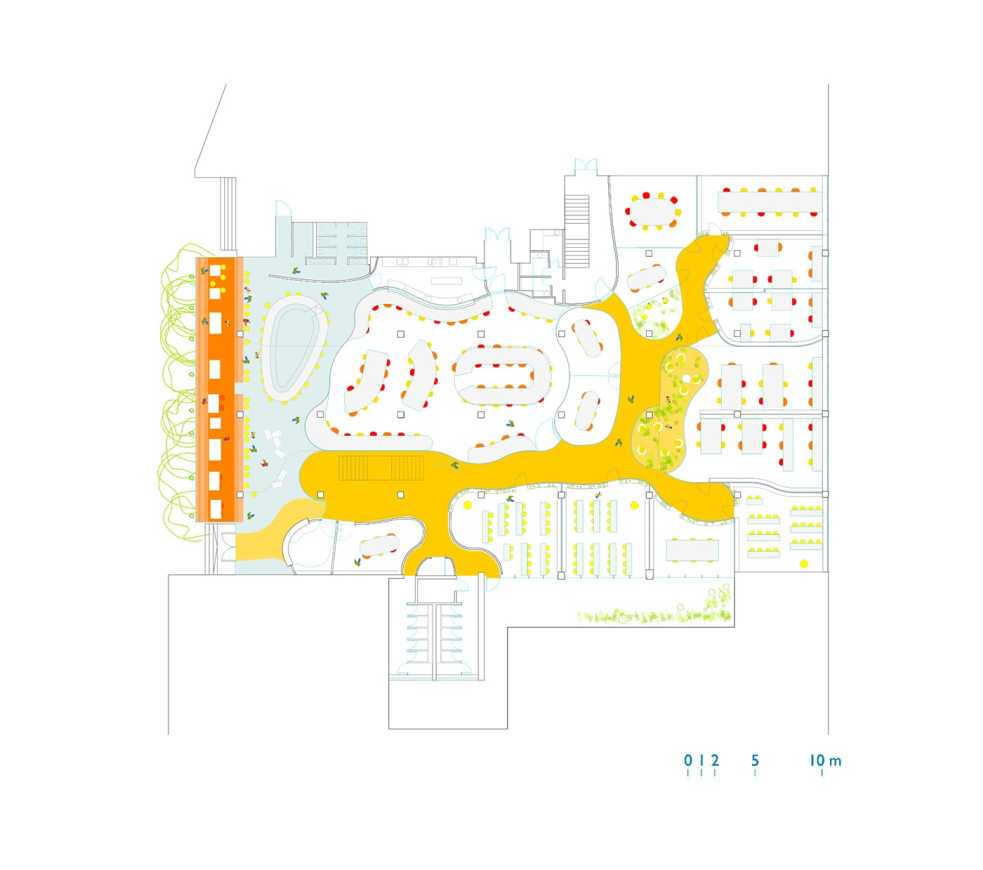

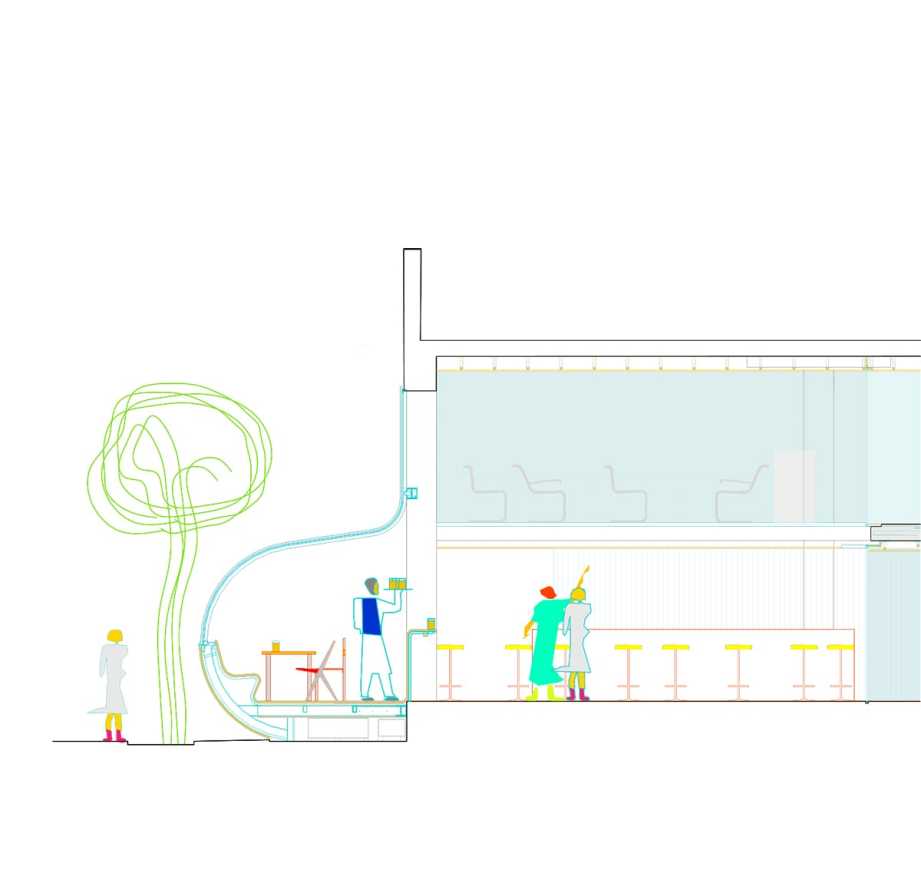
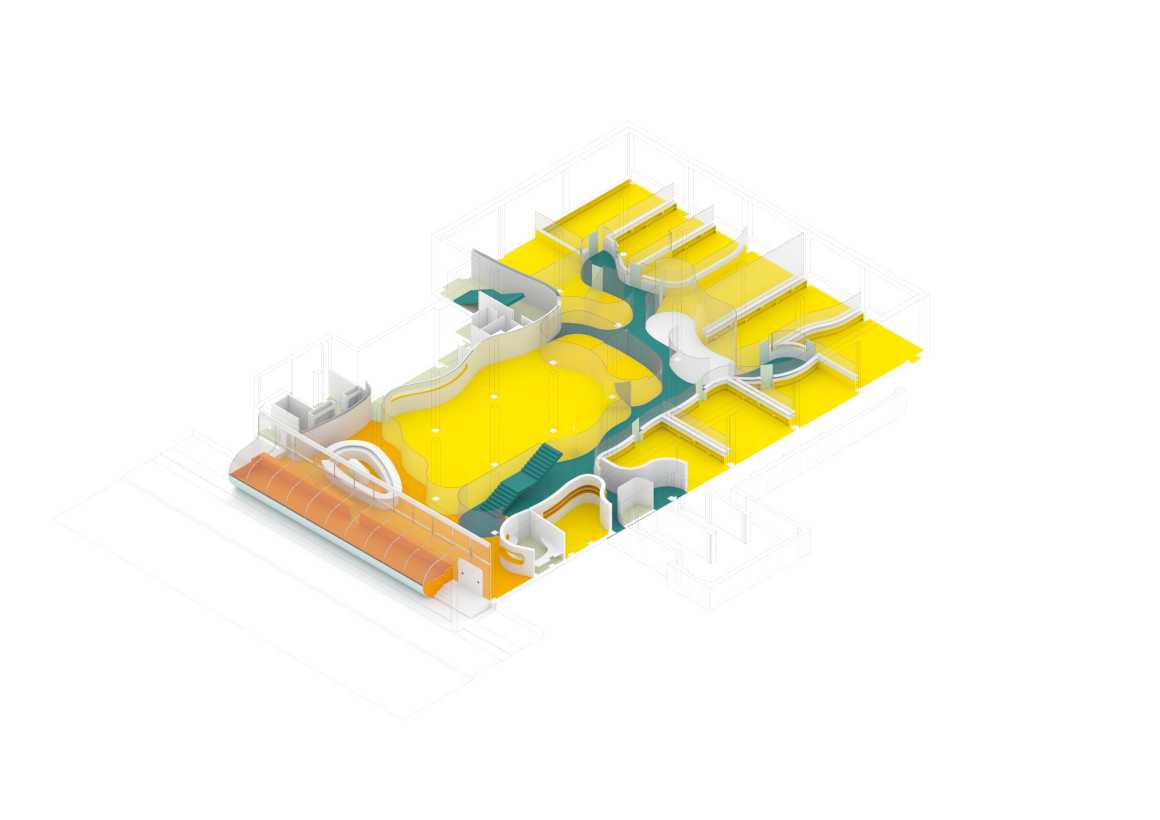



0 Comments